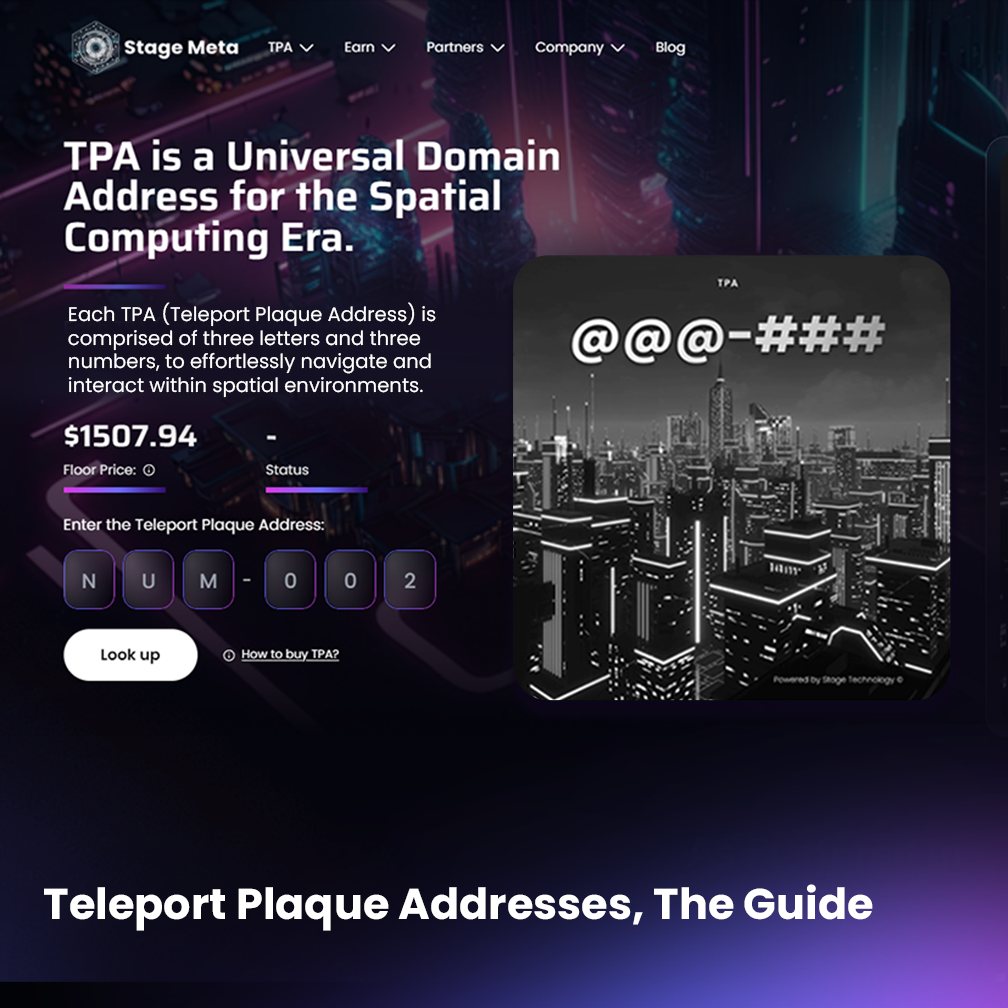
Spatial computing is the biggest and most important product of this era. It is basically a virtual reality world that offers a fully immersive experience to its users.
There are many of these virtual worlds already in existence, each offering unique experiences and communities for users to explore and participate in. These virtual worlds allow users to interact with each other, create and share content, and even trade virtual assets using blockchain technology.
This technology allows users to transfer value and data across distributed networks without relying on a centralized third party or authority. This secure system creates unique opportunities for users to interact with each other in an exciting virtual environment.
Spatial Computing Addressing Problem
So, what is the big problem? Why can’t different spatial computing worlds share a unique network the way different web pages do?
Well, it comes down to how virtual land works and how these virtual parcels are identified. Instead of having domain names like webpages do, spatial computing parcels are identified using their coordinates.
Each spatial computing world has its own map, and each piece of virtual land in this map is identified using the coordinates it has in it. The problem is that each spatial computing has a map, and the same set of coordinates can repeat in different maps, which means many different virtual parcels have the same exact coordinates on different maps, creating a problem for the idea of unifying spatial computing worlds because which of these various parcels with the same coordinates would be the “real” owner of those coordinates?
The way to solve this problem is to give each parcel its own name, similar to current domain names, instead of coordinates. This is where Stage Meta’s Teleport Plaque Addresses come in.
TPA (Teleport Plaque Address)
Stage Meta comes into the spatial computing business with an entirely new way to locate and access specific areas of virtual worlds with its bleeding-edge Teleport Plaque Addresses.
Teleport Plaque Addresses, or TPA, are unique plaques with a six-character code -three letters and three numbers- that are assigned to a specific location on spatial computing, allowing users to teleport to different locations, and since each one is unique, the problem of the repeated coordinates would be solved.
Stage Meta’s goal is to make TPA the new addressing protocol in all existing and future spatial computing worlds, finally allowing all spatial computing worlds to be connected and allowing users to travel from one to another instantly.
How TPA works
TPA are both the addresses and access points to potentially any location in spatial computing. The six-character codes cannot be replicated, and after a plaque is assigned to one location, it cannot be assigned to another location without breaking this original bond.
TPA works on a decentralized network, removing all the need for third parties or authorities. They also behave as Smart Contracts in the Ethereum blockchain, so all transactions related to each one are registered in the blockchain.
The virtual worlds where TPA work will allow users to interact with each other, create and share content, and even trade virtual assets, and TPA make accessing different locations in these worlds more efficient and easier.
Purchasing TPA
Right now is the best possible moment to purchase a Teleport Plaque Address, as the floor price of each plaque will grow as more plaques are sold, and it will not go down again. To exemplify this, currently, the floor price is $1,500, but the last plaques to be sold are expected to cost around $15,000.
Besides that, you can trade them as you would any other digital asset, these can be sold or rented as virtual real estate.
If you want to purchase a Teleport Plaque Address, you can do so on Stage Meta’s Website, where you can take advantage of the Meta Energy Orbits and automatically mint any plaque you desire with Stage Meta’s Automatic Minter Engine.
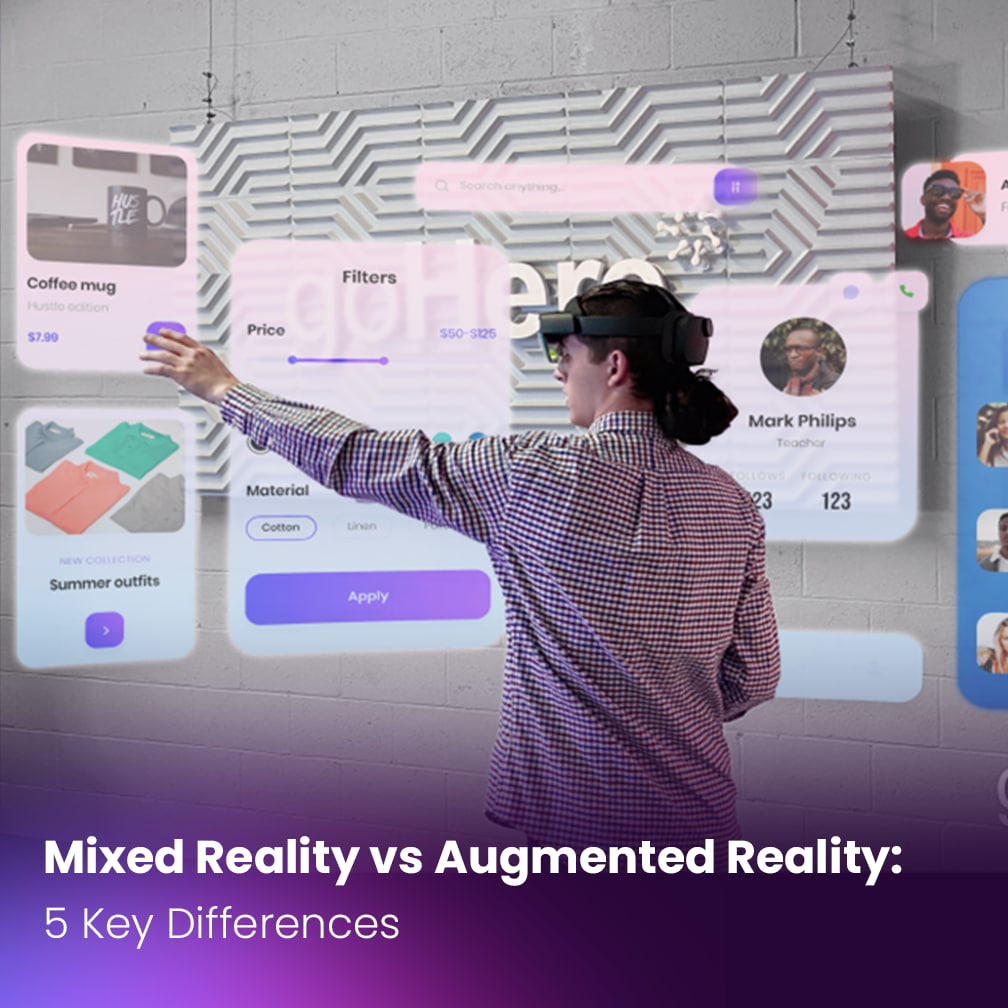
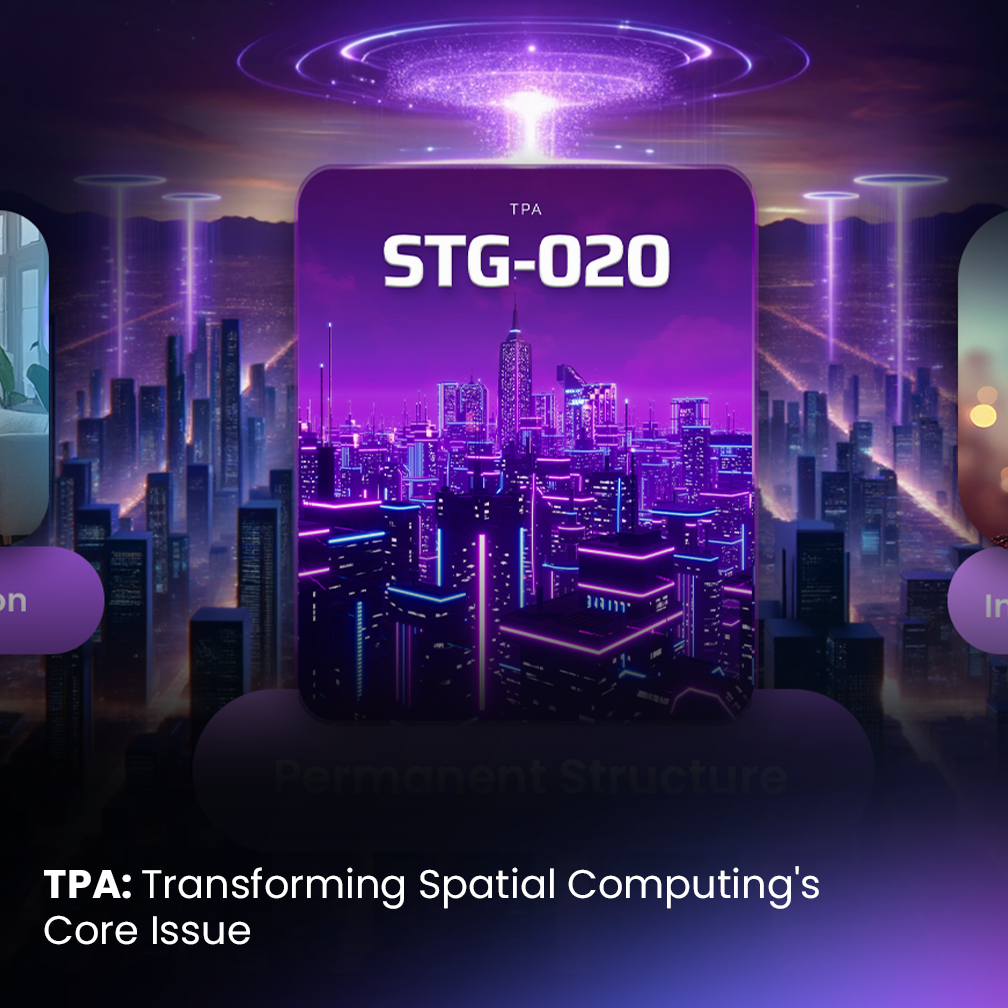
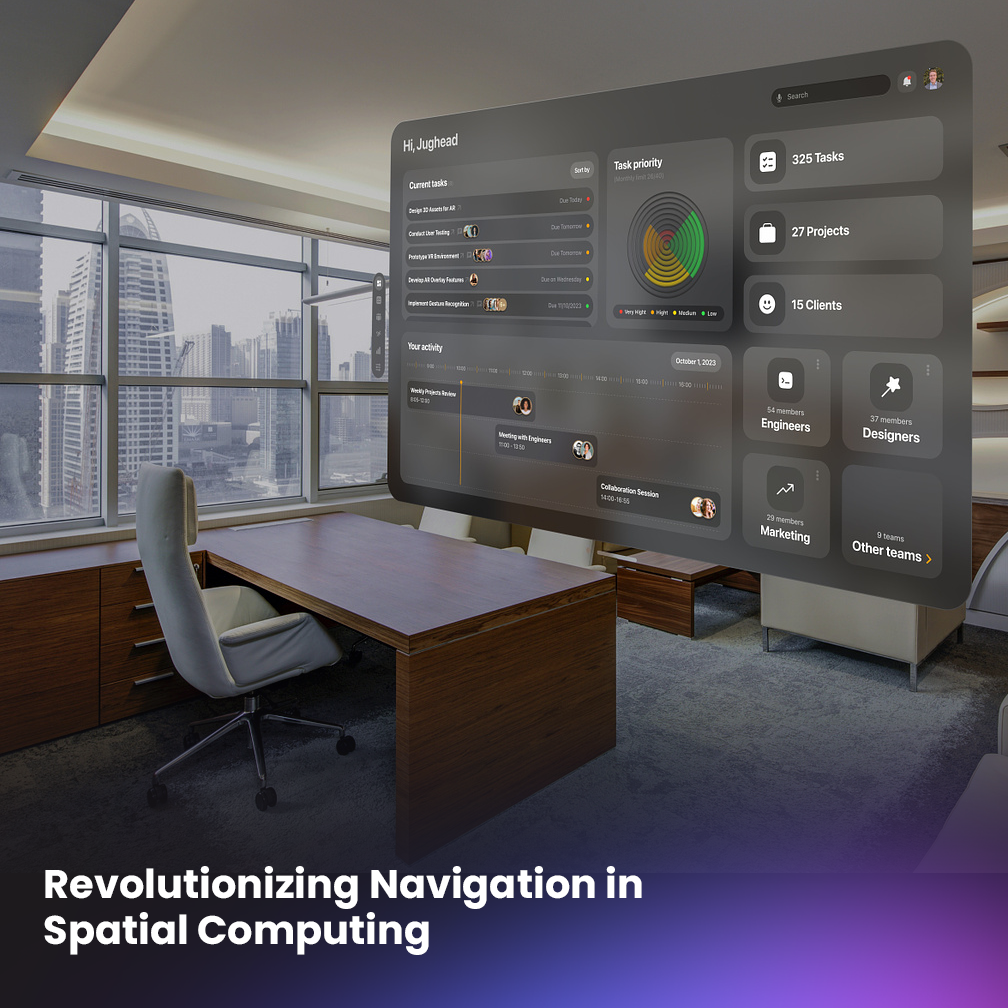
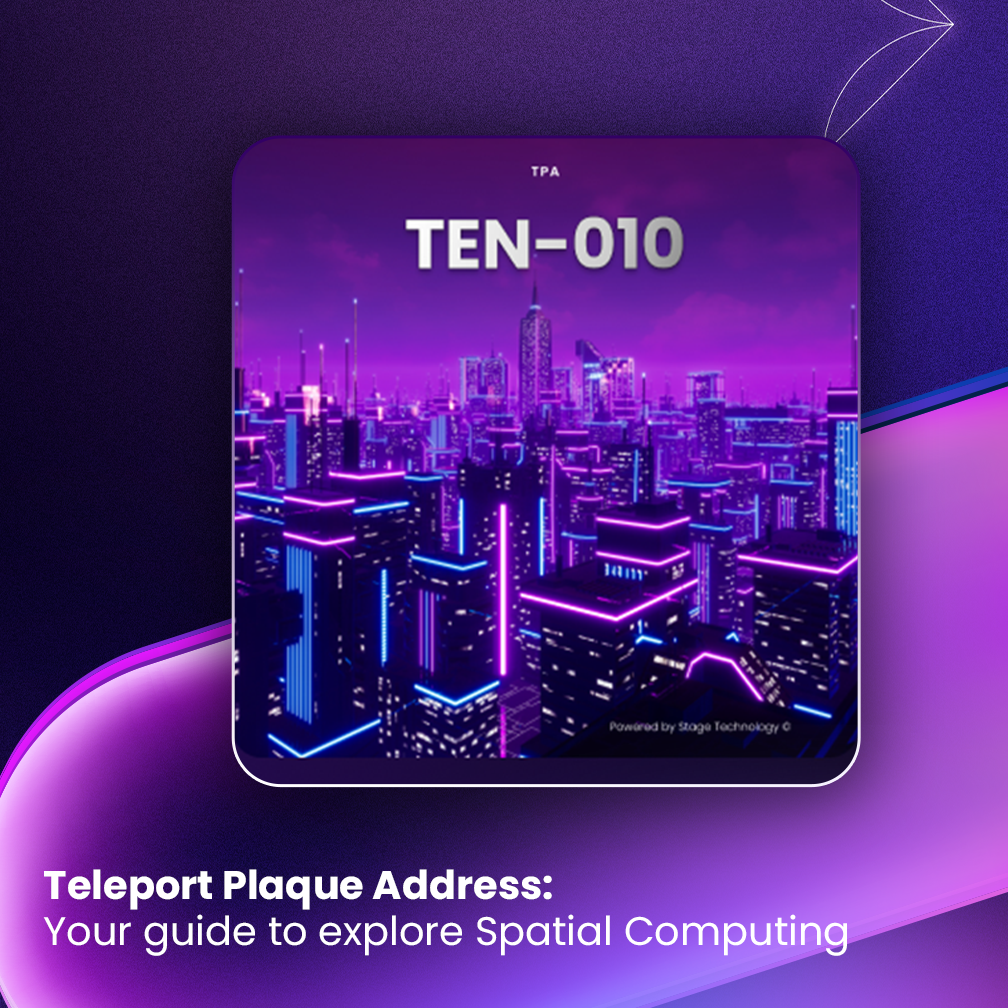





1 Comment
Your point of view caught my eye and was very interesting. Thanks. I have a question for you.